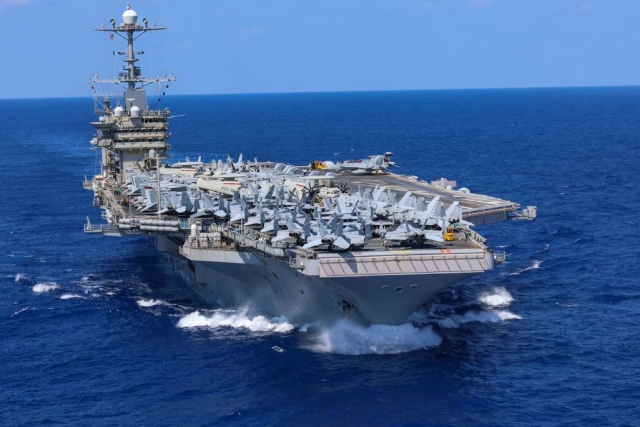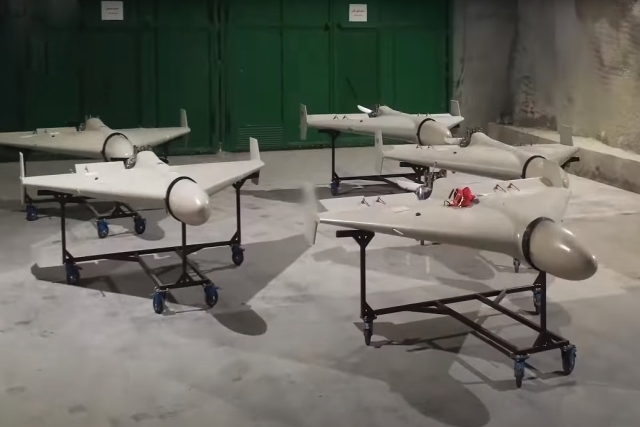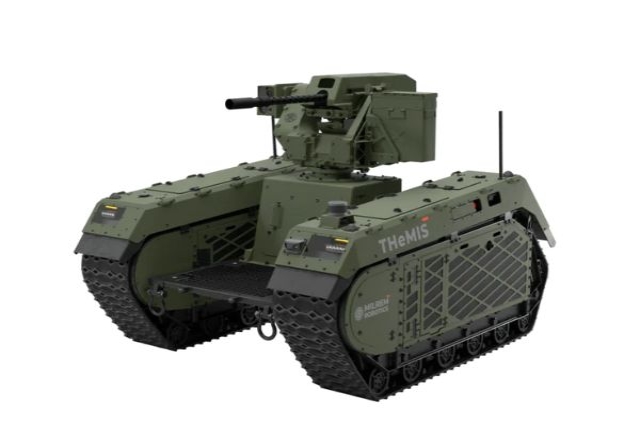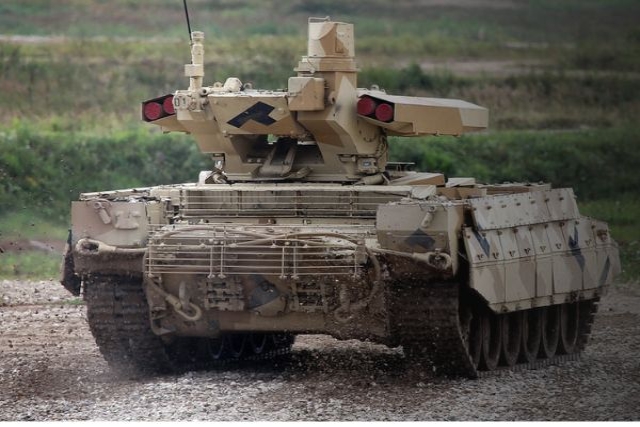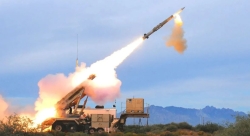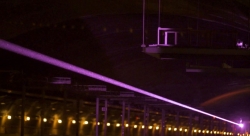Iran’s New Underground Missile Bunker Susceptible to Chain-Reaction Explosions?
Tehran-released footage highlights Iran’s missile stockpile while exposing structural weaknesses in storage facilities
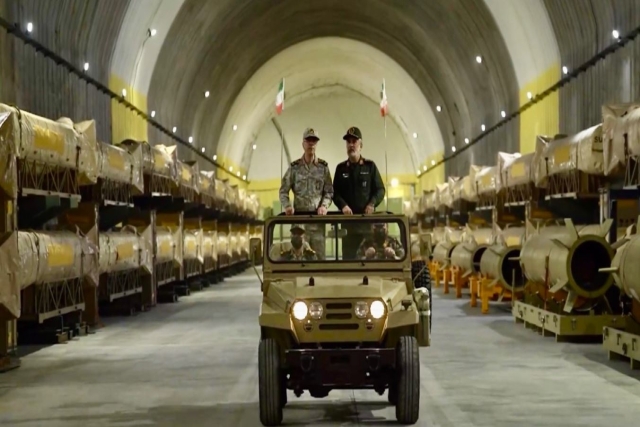
A newly released Iranian state media video shows two senior military officials driving through a large underground weapons storage facility packed with missiles and rockets, presenting Iran’s standoff attack capabilities while also revealing a vulnerability.
The footage features Maj. Gen. Mohammad Hossein Bagheri, chief of staff of Iran’s Armed Forces, and Amir Ali Hajizadeh, commander of the Islamic Revolutionary Guard Corps’ Aerospace Force, showcasing weapons including Kheybar Shekan, Ghadr-H, Sejjil, Haj Qassem, and Paveh Land Attack Cruise Missiles. Some of these were used in an attack on Israel last year.
The video suggests Iran’s ability to withstand and respond to an attack but also exposes a structural weakness. The munitions are stored openly in long tunnels and large caverns with no visible blast doors or separated revetments, making them susceptible to chain-reaction explosions if the facility is breached.
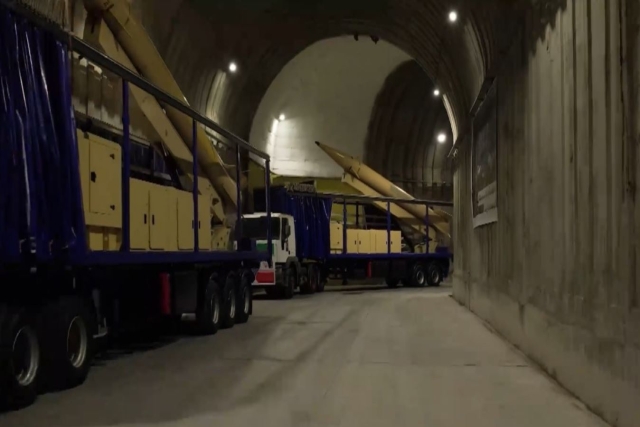
This lack of protective barriers stands in contrast to other Iranian underground facilities, particularly those designed for missile launches. Some of these fortified locations feature launch apertures and additional security measures to withstand aerial strikes. The exposed storage method in this latest video suggests a potential weak point that adversaries could exploit.
Iran has a history of showcasing underground facilities. In 2020, footage revealed a missile storage system using automated transport in a vast tunnel network. In 2023, Iran displayed an underground aircraft shelter housing F-4 Phantom jets. However, these facilities remain vulnerable.
Last year, Israel demonstrated methods for targeting subterranean sites. It destroyed an underground missile production facility in Syria using ground forces and airstrikes. Weeks later, bunker-buster bombs were used to strike Hezbollah’s underground command center in Beirut.
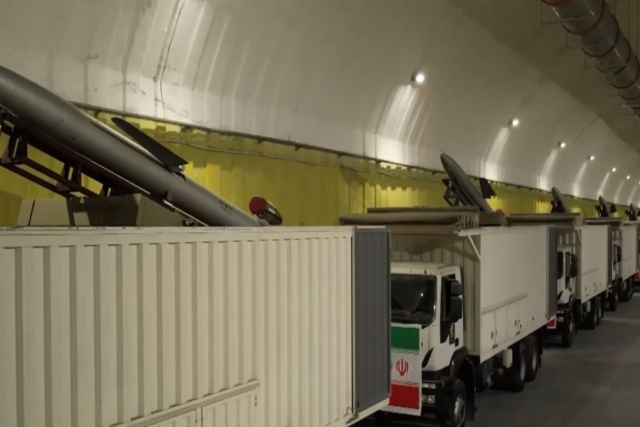
The release coincides with escalating tensions between Iran and the U.S. Earlier this month, former President Donald Trump, who withdrew from the 2015 nuclear deal in 2018, reportedly gave Iran a two-month deadline to negotiate a new agreement. Trump has also linked Iran to the ongoing conflict involving Houthi rebels in Yemen.
Meanwhile, the U.S. is reinforcing its military presence in the region. The USS Carl Vinson carrier strike group has been deployed to join the USS Harry S. Truman, and reports indicate a dozen F-35s have arrived. Additionally, B-2 Spirit stealth bombers, capable of striking underground facilities, appear to be moving to Diego Garcia.
